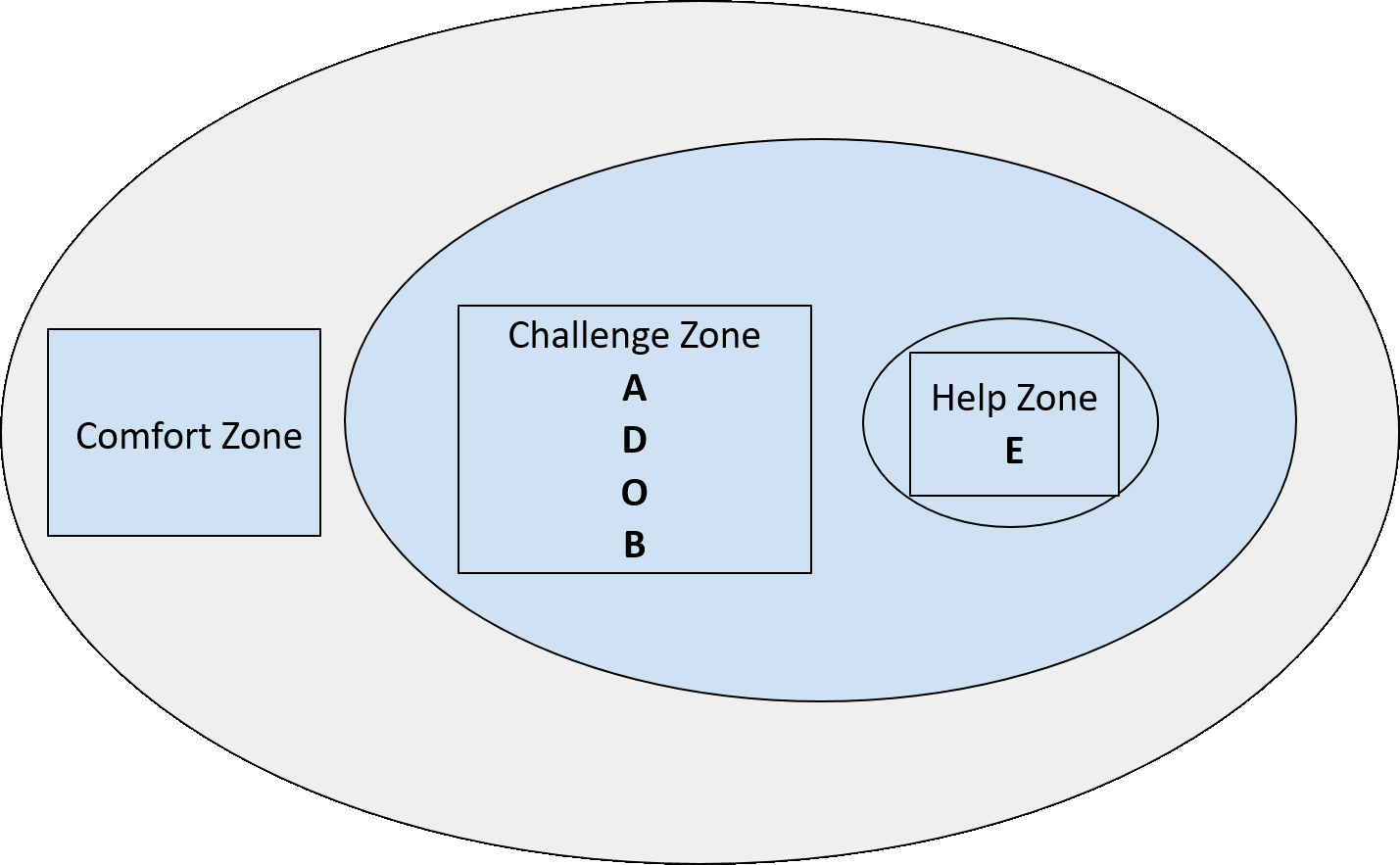8 Conflict & ADOBe
Kara Carmody; Emily Barrell; and Margaret Root Kustritz
One model that can be used to think through how to handle clients under the influence of strong emotion is the ADOBE model. For a mental image, you can think of how an adobe building would protect you, the same way that use of this model may protect your boundaries as you work through the difficult conversation. The ADOBE model is:
A = acknowledge the problem
- Let the client know you’re aware that things are not going well.
D = discover meaning
- Find common ground. Ask them specifically which of their expectations were not met.
O = opportunities to show compassion
- Acknowledge where they may be right. This can be hard to do – pick your battles wisely.
B = boundaries
- You can acknowledge that someone else is disappointed without compromising your principles. Be clear of your boundaries regarding time, your need to be paid, what language you’ll listen to, and which procedures you will or will not do.
e = extend the system
- Make sure you know if help is available. A severely depressed client may need a human mental health care worker. A farmer whose cows are suffering from metabolic diseases may need the help of an outside consultant, such as a nutritionist.
This can be described graphically as demonstrated below:

Most of the time, we’re in our comfort zone. Sometimes we’ll enter the challenge zone when dealing with a client; at that point, it’s important to acknowledge that communications are breaking down and decide either to take a break for a bit or to address it. Finally, there may be some interactions you do not have the tools to complete, through no fault of your own. This is the help zone.[1]
- Morrisey, J. K., & Voiland, B. (2007). Difficult interactions with veterinary clients: working in the challenge zone. Veterinary Clinics: Small Animal Practice, 37(1), 65-77. ↵
